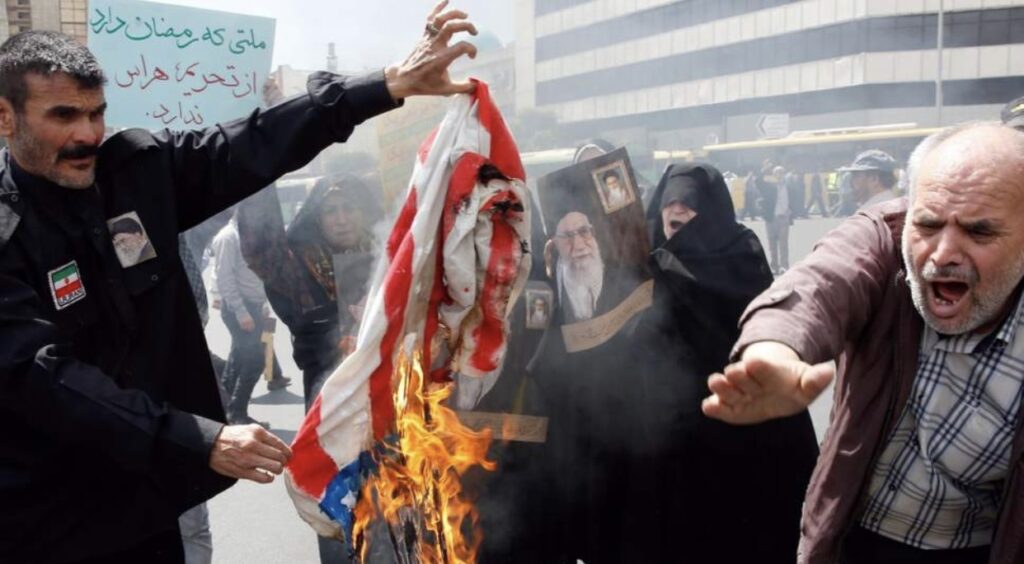
The Pentagon has drafted plans to send up to 120,000 troops to the Middle East in the event Iran launches an attack on U.S. forces in the region or restarts its nuclear weapons program, the New York Times reported.
The updated military plan, which was presented to President Donald Trump last week during a meeting with Acting Defense Secretary Pat Shanahan, comes as tensions between Washington and Tehran have risen following what officials citing classified intelligence said were signs of possible threats to U.S. forces or interests in the region. The revised plans were ordered by national security adviser John Bolton, whose push for a tougher stance on Iran dates to the George W. Bush administration.
The size of the force — 120,000 troops is roughly the number the U.S. used to invade Iraq in 2003 — has shocked some officials inside the Trump administration, the Times reported on Monday, citing unnamed national security officials.
On Monday, Trump also issued a warning to Iran when asked by reporters about the prospects of regime change. “We’ll see what happens with Iran,” Trump said at the White House. “If they do anything, it would be a very bad mistake.”
In Europe, there are concerns that the U.S. and Iran could stumble into a military confrontation.
“We are very worried about the risk of a conflict happening by accident, with an escalation that is unintended really on either side but ends with some kind of conflict,” British Foreign Secretary Jeremy Hunt told reporters in Brussels.
European diplomats and NATO Secretary-General Jens Stoltenberg convened with U.S. Secretary of State Mike Pompeo Monday to discuss the Trump administration’s concerns over Iran.
“What we need is a period of calm to make sure that everyone understands what the other side is thinking,” Hunt said.
While Washington has upped the pressure, it’s still unclear whether Trump, who campaigned on an anti-interventionist platform and repeatedly denounced the Iraq War as a blunder, is willing to get drawn into another military confrontation in the Middle East.
Continue reading here.
[Editor’s Note: This article was written by John Vandiver and originally published at Stars and Stripes. Title changed by P&P.]











